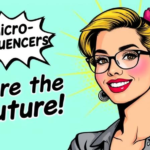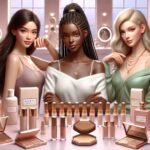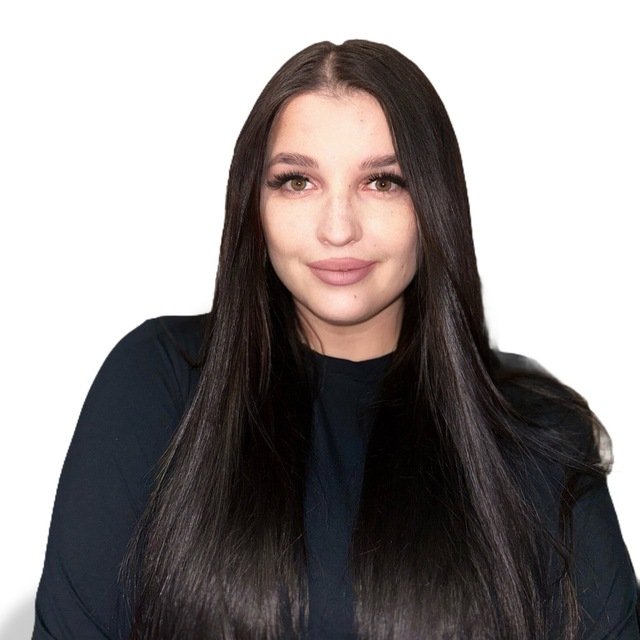
How Content Creators Influence Beauty Trends and What Brands Can Learn from Them
- Introduction
- The Rise of Content Creators in the Beauty Industry
- How Content Creators Shape Beauty Trends
- What Brands Can Learn from Beauty Influencers
- 6. Authenticity Wins Over Traditional Advertising
- 7. The Importance of Micro-Influencers
- 8. Leveraging Short-Form Video Content
- 9. Emphasizing Diversity and Inclusivity
- 10. Engaging with the Community Through Social Media
- 11. Data-Driven Influencer Partnerships
- 12. The Rise of Co-Creation and Brand Collaborations
- Conclusion
Introduction
Content creators are now the tastemakers in the beauty industry. Social media platforms like Instagram, TikTok, and YouTube have given beauty influencers a lot of power. They can shape trends, sway what consumers like, and challenge old beauty standards. Their real, engaging, and creative content has changed how brands market their products and connect with audiences.
This article looks at how content creators shape beauty trends. It also shares key lessons brands can learn from their success.
The Rise of Content Creators in the Beauty Industry
1. From Bloggers to TikTok Stars: The Evolution of Beauty Influencers
Content creation in the beauty industry has evolved significantly over the years. It started with beauty bloggers sharing product reviews and tutorials. Then, YouTubers took over with detailed makeup tutorials and skincare routines. Short-form video platforms like TikTok and Instagram Reels are popular today. They let influencers show off products in small, engaging clips.
2. The Power of Personal Branding
Successful beauty influencers build strong personal brands that resonate with their audiences. Every influencer, whether they support no-makeup looks or bold artistry, offers a unique view. This attracts a loyal audience. This authenticity and relatability are key drivers of their influence.
How Content Creators Shape Beauty Trends
3. Viral Beauty Challenges and Trends
Platforms like TikTok and Instagram have made it easier than ever for beauty trends to go viral. Trends like the “Clean Girl Aesthetic” and “Douyin Blush” catch on quickly. Influencers share them in eye-catching and simple ways, making them easy to copy.
4. The Role of Authenticity in Influencing Beauty Standards
Content creators share their real experiences and challenges. This honesty makes their reviews more trustworthy than traditional ads. They challenge old beauty standards. They promote inclusivity, which leads to diverse and representative trends.
5. User-Generated Content and Community Engagement
Many beauty trends come from everyday users. They join challenges, show off their transformations, and interact with influencer content. Beauty culture, driven by peers, builds stronger community ties. This makes trends easier to access and spread.
What Brands Can Learn from Beauty Influencers
6. Authenticity Wins Over Traditional Advertising
Consumers trust influencers more than ads. This is because influencers provide honest opinions and real-life examples. Brands should focus on authentic storytelling and genuine endorsements over heavily edited campaigns.
7. The Importance of Micro-Influencers
Mega-influencers reach a large audience. But, micro-influencers, with 10K to 100K followers, often enjoy higher engagement rates. They also build closer connections with their audiences. Brands can gain from working with smaller influencers. They often create personalized and more impactful content.
8. Leveraging Short-Form Video Content
Short-form videos are the most effective format for beauty content today.
9. Emphasizing Diversity and Inclusivity
Beauty influencers have pushed for more representation in the industry. Brands that focus on inclusivity in products, shade options, and marketing will connect more with today’s consumers.
10. Engaging with the Community Through Social Media
Beauty influencers connect with their audiences. They use comments, live streams, and Q&A sessions. Brands should adopt a similar approach, fostering two-way communication instead of one-sided advertising.
11. Data-Driven Influencer Partnerships
Brands can pick the best influencers for collaborations by looking at engagement rates, audience demographics, and content performance. Data-driven decisions ensure marketing budgets are spent effectively.
12. The Rise of Co-Creation and Brand Collaborations
Some of the most successful beauty launches have come from influencer collaborations. Brands can leverage influencers’ creativity and audience trust by co-creating products with them.
Conclusion
Content creators are changing the beauty industry. They set trends and influence how consumers behave. This impact is something traditional advertising can’t match. Their authenticity and creativity make them key for brands. They engage communities, helping brands stay relevant. Beauty brands can thrive in the digital age by embracing influencer marketing. They should focus on authenticity and foster inclusivity.
Brands that learn from content creators will lead the beauty industry forward.
Recent Posts
-
 Why Video Content is Dominating Beauty Influencer Marketing in 2025March 6, 2025/0 Comments
Why Video Content is Dominating Beauty Influencer Marketing in 2025March 6, 2025/0 Comments -
 Why Micro-Influencers Are the Future of Beauty MarketingFebruary 6, 2025/
Why Micro-Influencers Are the Future of Beauty MarketingFebruary 6, 2025/ -
 Why Influencer Marketing is a Game-Changer for Beauty BrandsDecember 13, 2024/
Why Influencer Marketing is a Game-Changer for Beauty BrandsDecember 13, 2024/

